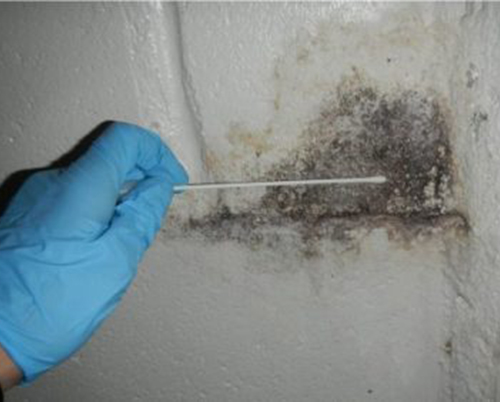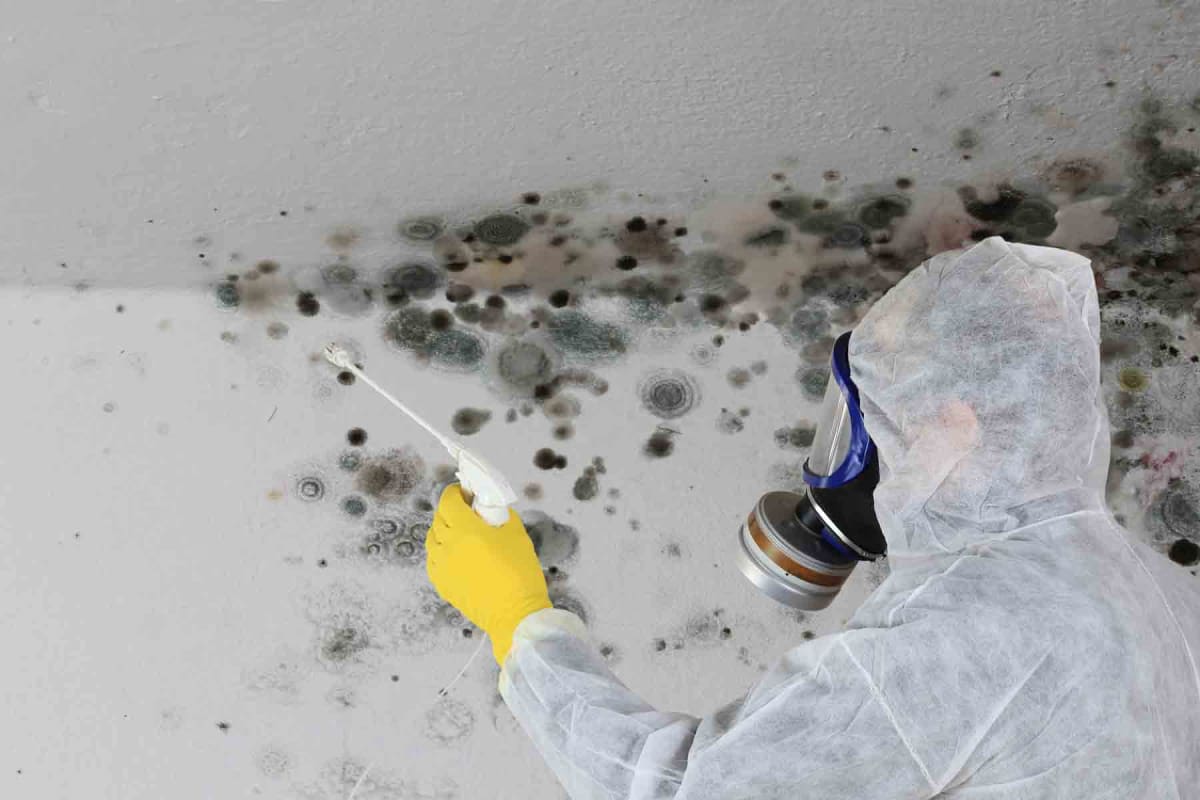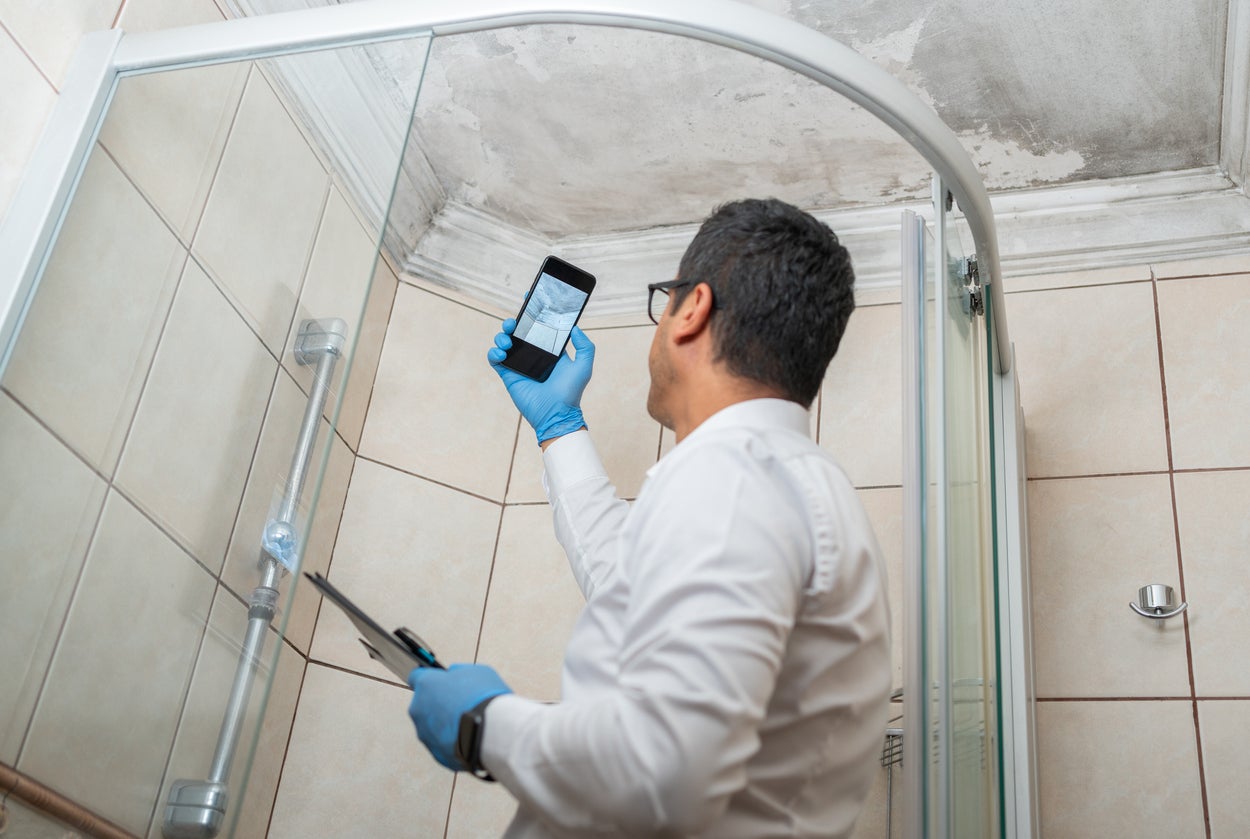Reliable Post Mold Remediation Cleaning Protocols
Reliable Post Mold Remediation Cleaning Protocols
Blog Article
Your Ultimate Guide to Message Mold And Mildew Remediation Methods
Navigating the realm of post-mold removal strategies is a careful procedure that demands focus to detail and an extensive understanding of the complexities entailed. In the results of mold infestation, understanding just how to effectively remove the mold and avoid its reoccurrence is extremely important for preserving a healthy and balanced indoor environment. From choosing the right cleaning and disinfecting approaches to carrying out strategies for long-lasting mold and mildew prevention, each action in the removal journey plays a crucial duty in guaranteeing a successful end result. As we get started on this expedition of post-mold removal strategies, we will reveal the essential methods and best practices that can help you recover your area to its pre-mold problem and secure it against future mold threats.
Comprehending Post-Mold Remediation Process
After completing the mold remediation process, it is important to comprehend the post-mold remediation techniques that are essential to guarantee a detailed and effective clean-up. Once the mold has been gotten rid of, the next action entails cleaning and disinfecting the influenced areas to protect against any kind of regrowth of mold and mildew.
Additionally, performing a last assessment post-remediation is important to make certain that all mold has been efficiently eliminated. If the inspection exposes any kind of sticking around mold and mildew, added removal might be required.
Reliable Cleansing and Sanitizing Methods

Stopping Future Mold Development

Value of Appropriate Ventilation
Correct air flow plays an essential function in avoiding moisture build-up, an essential element in mold and mildew development within indoor atmospheres. Reliable air flow systems help remove excess humidity from the air, reducing the possibilities of mold and mildew spores finding the wetness they require to spread and sprout. Without appropriate air flow, interior rooms can become a breeding ground for mold, leading to possible wellness risks and structural damages.
By making certain appropriate air flow, air flow systems can likewise assist in drying moist areas quicker after water damage or flooding incidents, better deterring mold and mildew development. Post remediation mold testing near me. In areas like shower rooms, attic rooms, kitchen areas, and cellars where wetness levels have a tendency to be greater, setting up and preserving reliable air flow systems is critical in preventing mold problems

Monitoring and Upkeep Tips
Offered the important function that proper ventilation plays in protecting against mold growth, it is necessary to develop efficient tracking and read the full info here maintenance tips to ensure the ongoing performance of air flow systems. Routine inspections of air flow systems ought to be performed to look for any indicators of obstructions, leakages, or malfunctions that can hinder correct airflow. Tracking moisture levels within the home is additionally important, as high moisture can contribute to mold and mildew development. Installing a hygrometer can assist track moisture levels and sharp property owners to any kind of spikes that may call for attention. Furthermore, ensuring that air filters are on a regular basis cleaned or changed is important for keeping the performance of the ventilation system. Carrying out a schedule for routine upkeep tasks, such as duct cleaning and HVAC system assessments, can help stop issues prior to they intensify. By remaining positive and mindful to the condition of ventilation systems, homeowner can properly minimize the danger of mold regrowth and preserve a healthy and balanced indoor environment.
Conclusion
In conclusion, post-mold remediation strategies are vital for making sure a clean and secure setting. Recognizing the process, implementing reliable cleaning and disinfecting approaches, avoiding future mold development, maintaining correct ventilation, and regular surveillance are all important action in the removal process. By adhering to these guidelines, you can successfully eliminate mold and mildew and avoid its return, promoting a healthy and balanced living or functioning room for all passengers.
In the aftermath of mold and mildew infestation, recognizing just how to effectively remove the mold and avoid its reoccurrence is paramount for preserving a healthy and balanced indoor setting. When the mold has been eliminated, the following step includes cleansing and disinfecting the influenced areas to stop any regrowth of mold - Post remediation mold testing near me. After getting rid of noticeable mold growth, it is vital to cleanse all surfaces in the affected area to get rid of any kind of continuing to be mold spores. To even more improve mold and mildew avoidance measures, it is vital to address underlying problems that originally led to mold and mildew development.Provided the important duty that proper ventilation plays find more information in protecting against mold growth, it is imperative to develop effective monitoring and upkeep pointers to make sure the continued performance of air flow systems
Report this page